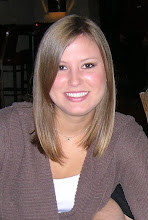I was sent a GREAT link to all kinds of different ways that you can use the document camera, some of these we've seen...some are new! I thought I'd share my faves to remind you that the document camara can be SO much more than a place for you to work out problems on the "big screen", :)
- training or initial introduction to any other piece of equipment everyone can use, but can't gather around to see easily
- Students can draw the background scenery for a play or skit they will perform in class. Move your projector at a 45 degree angle to the white board. Project the drawing onto the white board, angling it behind the actors. The image will naturally distort, but the overall effectiveness is well worth it.
- In math problem-solving use the doc camera to take a photo of a problem and solution (use a kid's). Put it in your teacher blog and have students individually respond to the query: How might the writer have arrived at this solution?
Some videos that were found on document cameras/document readers:
http://www.youtube.com/watch?v=NaixlM5PFAM
http://www.youtube.com/watch?v=zcBiUDTdkoQ
http://www.youtube.com/watch?v=5OtigNJ5rFA&feature=related
http://www.youtube.com/watch?v=hhaPsLwUurI&feature=related
http://www.youtube.com/watch?v=KtMGFsuy_4M&feature=related
http://www.youtube.com/watch?v=e4fpOf6zUOQ&feature=related
 Motivator: You can use pictures taken of your class during the year to create motivational posters for the students to read. Another great idea is to have students create a poster with a character from a story they have read. They would need to analyze the traits of the character to create a descriptive poster of that characters personality.
Motivator: You can use pictures taken of your class during the year to create motivational posters for the students to read. Another great idea is to have students create a poster with a character from a story they have read. They would need to analyze the traits of the character to create a descriptive poster of that characters personality.







